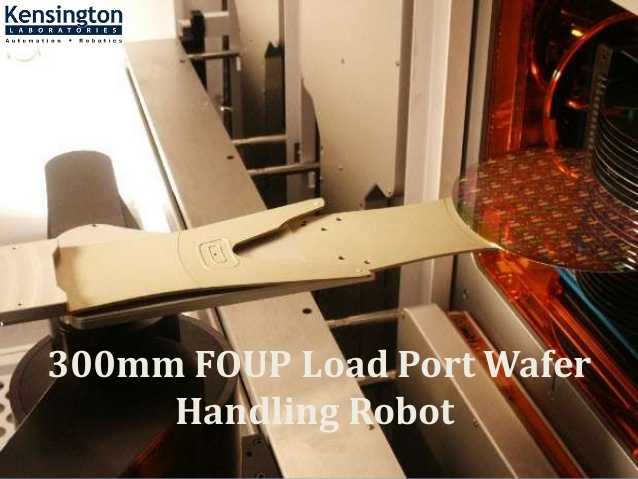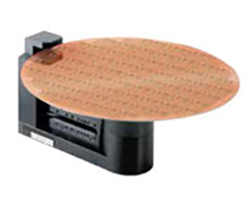Once the optical imaging components are chosen, the design of the XYZ precision stage motion system can be decided. The sample being imaged is much smaller than the usual field of view. Therefore, one of the cameras or the object must move along two perpendicular axes to image the complete sample (XY). The distance between the camera and the magnification objective must also be precisely adjusted to resolve the image. The Z vector is used to describe this. The Z axis is usually vertical and moves perpendicular to the XY plane to go the sample into the imaging field of view.
The hardware for XYZ movements can be set up in one of three ways. The complexity of the specific application determines which one is best to choose:
The sample remains fixed while the objective is moved in X, Y, and Z directions.
This method performs well when imaging small objects, like a microscope slide. The intricacy of this strategy grows along with the part size. More significant travels frequently call for multi-axes to support a beam with the vertical focus axis and the imaging sensor and objective mounted to it.
The XY stage moves the sample below a Z stage that moves the objective or camera.
This is the most typical arrangement for XYZ precision stage movements. The advantage of this method is that since the image is only moving along one axis, it stabilizes more rapidly after motion. There is no need to dampen the resonances of a stack of three moving axes, so it can be mounted to a robust framework. It is simpler to change samples when the objective is positioned vertically away from the sample mounting region during sample loading. Also, because the entire stack is shorter, Abbe errors are decreased.
The camera and objective are immobile, while three motion axes advance the object being imaged in the X, Y, and Z directions.
The objective often requires less travel than the imaging sensor or camera. The camera is remarkably steady in this scenario because it is mounted on a sturdy surface. The disadvantage is that since the distance between the objective and the imaging sensor is fixed, the Z-axis travel may need to be extended.
Conclusion
When choosing the appropriate motion technologies to configure the XY stage and Z axis, it is essential to carefully analyze each motion technology's characteristics in light of your objectives and budget. What is your bandwidth, accuracy, speed, and resolution standards? Which focusing method will you employ?
How often are images needed? Do you need a continuous scan or one image for each step? How big and how round are your samples and camera? If you are looking for the best AMAT robot, look no further than Kensington Labs.
Always remember that we thrive in those situations where the best technology still needs to be modified to fit your application.




Comments
Post a Comment